What is a Spill Kit Used For?
If you’re working with hazardous substances, whether that’s using, manufacturing or storing it is critical that as part of your emergency response plan according to the Health and Safety at Work (hazardous substances) Regulations 2017 you must detail how you will retain any hazardous liquid during spills. A major part of this is having a spill kit, so that if a leak or spill does occur you have the materials and equipment needed to contain the spill and dispose of it safely.
There are many risks to spills of hazardous substances but they can be divided into three main categories:
Risk to Humans
- Toxic or poisonous chemicals can cause fatalities or severe illnesses, such as exposure to asbestos causing lung cancer.
- Corrosive chemicals can cause severe burns, blindness and permanently damage cells and tissue.
- Flammable substances pose a risk through fire or explosions.
Risk to Structures
- Toxic chemicals can make buildings unusable for a significant period of time whilst all traces are removed.
- Just as there is a risk to humans through fires and explosions so is there a risk to buildings.

Risk to the Environment
- And again, fires caused by spills of flammable substances risk damaging the environment if they are unable to be contained.
- Spills that can drain into soil or into water can cause serious problems for the environment. From making areas inhabitable to coating sea life in oil - New Zealand’s most serious maritime environmental disaster was caused by 400 tonnes of fuel oil spilling into the sea when the container ship Rena ran aground on the Astrolabe Reef in 2011 killing thousands of seabirds.

It’s important that your spill kits are not only clearly accessible so that your team can l easily locate them in an emergency, but that your team receives adequate and regular training so that in the case of a spill they can deal with it quickly to prevent any of the above risks.
